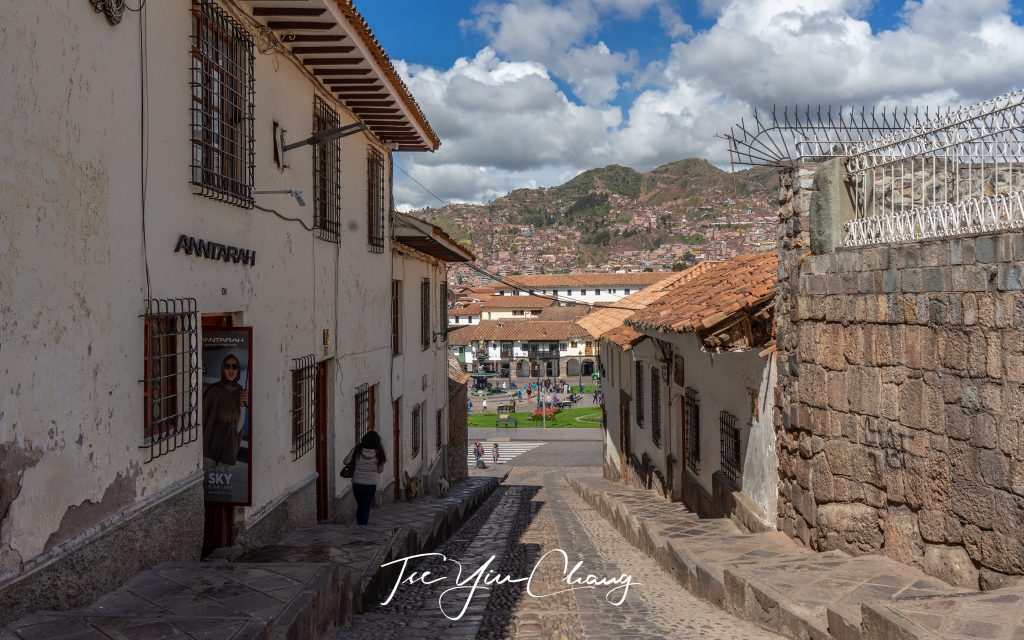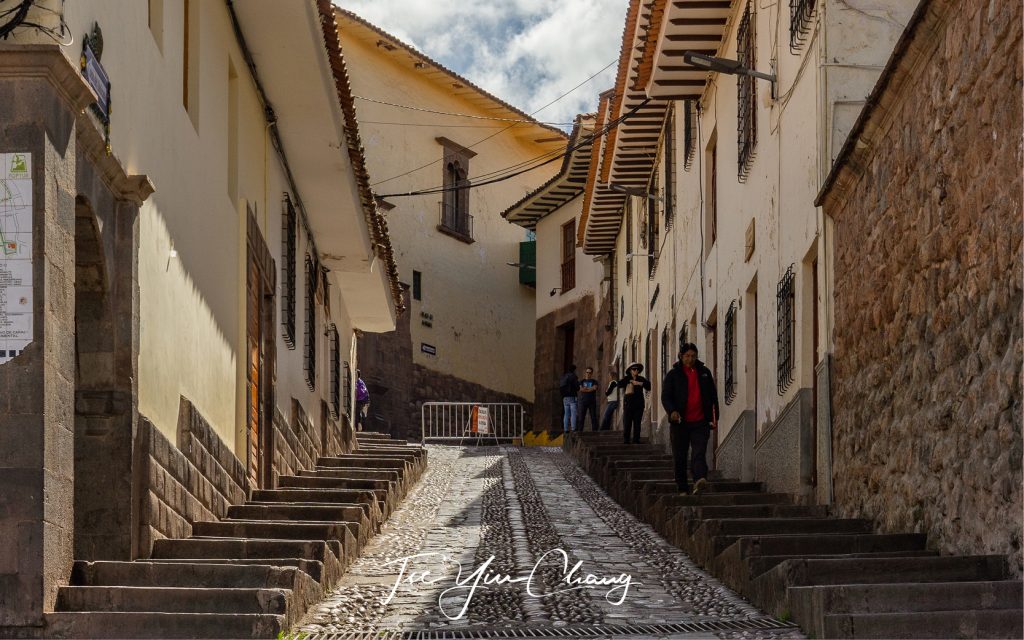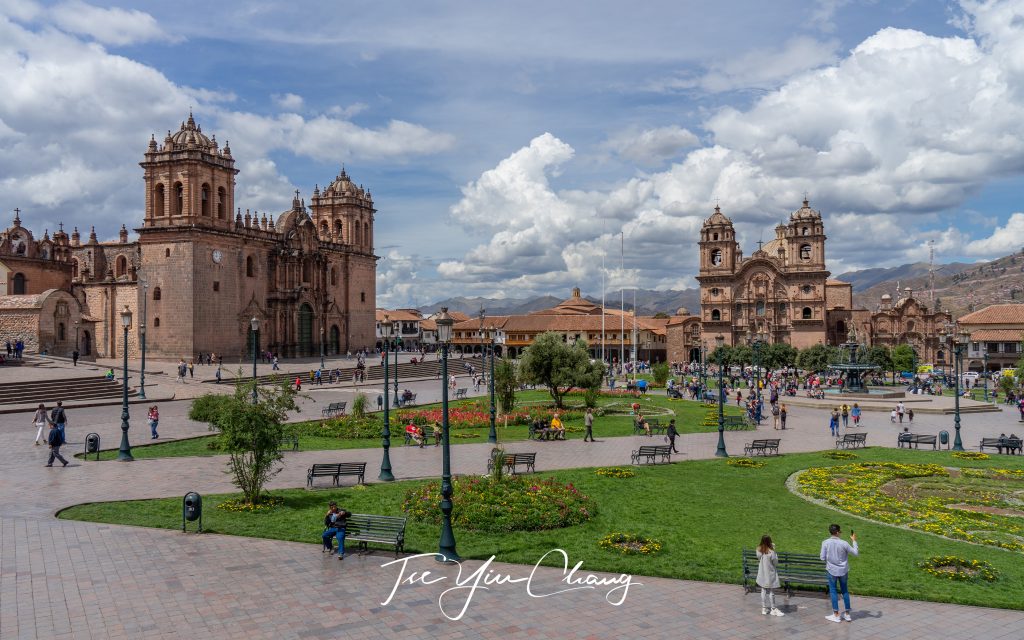
South America is a continent full of astonishing historic sites. It has countless ruined cities, built by a myriad of indigenous cultures in strikingly different architectural styles. As well as this, it possesses numerous perfectly preserved colonial cities built by the Spanish and Portuguese. Ask ten history lovers which places are must-sees, and you will probably get ten different answers. Most, however, will say that Cusco is absolutely unmissable.
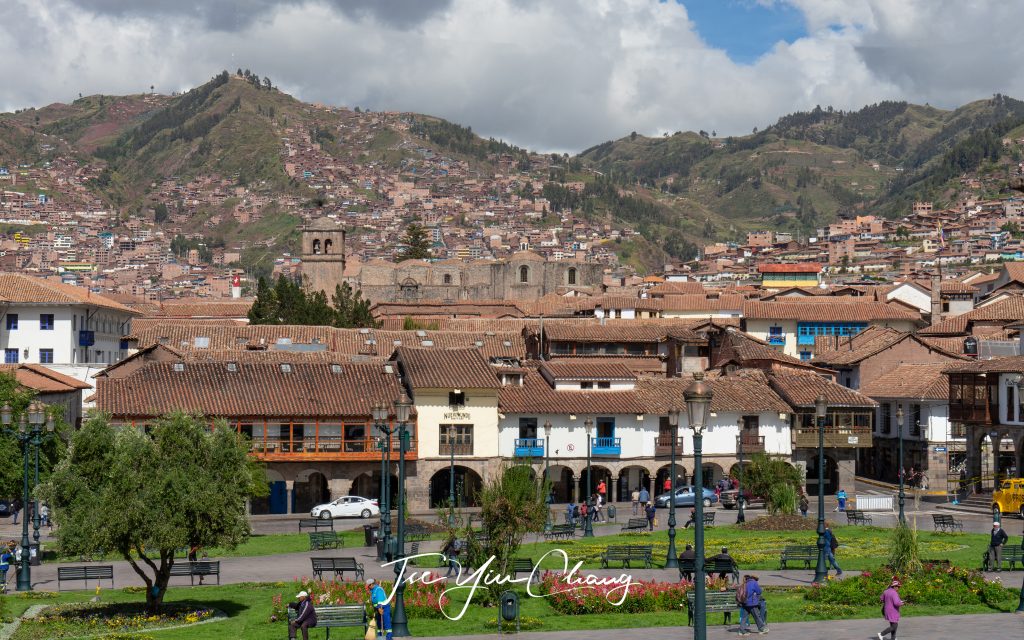
It was the capital of the once sprawling Inca Empire, and their legacy is still very much on display there. It continued to be an important city during the colonial era, making it one of the best examples of the Spanish influence in Latin America. Bustling with activity and life, Cusco is also very much a living city, not just an open air museum. The descendants of the Inca still make up a large part of Cusco’s population, speaking Quechua, the language of their ancestors and brightening up its streets with their colourful traditional dresses.
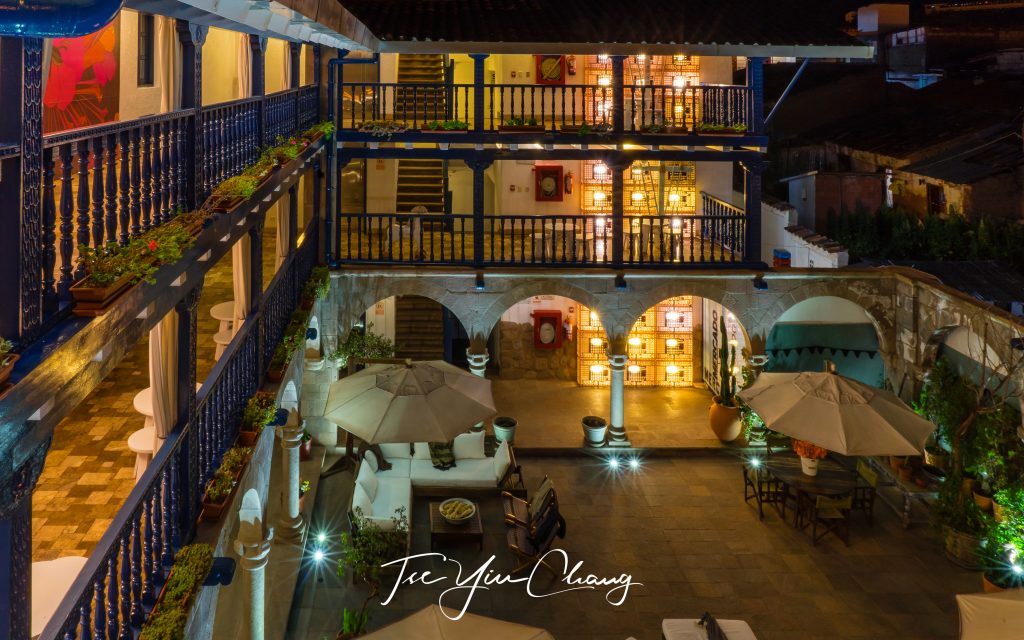
Arriving by train from Lake Titicaca, we were picked up from Wanchaq station and taken to our accommodation. We stayed at El Mercado, right in the centre of historic Cusco. Originally built to serve as a market, the building is a fantastic example of the whitewashed Spanish grandeur that can be found all over the old city. Built around a central flag-stoned courtyard overlooked by three floors of arches and balconies, it is a peaceful retreat from the busy streets outside. Buildings like these are one of Cusco’s main attractions, so being able to stay in one really helped me immerse myself in the city’s charms during our visit. If you have limited time (as we did), its location is also a major plus. The elegant hotel is right in the heart of things, and close to many of the city’s most popular sights. It is a few blocks from the focal point of Cusco’s old city – the Plaza de Armas.
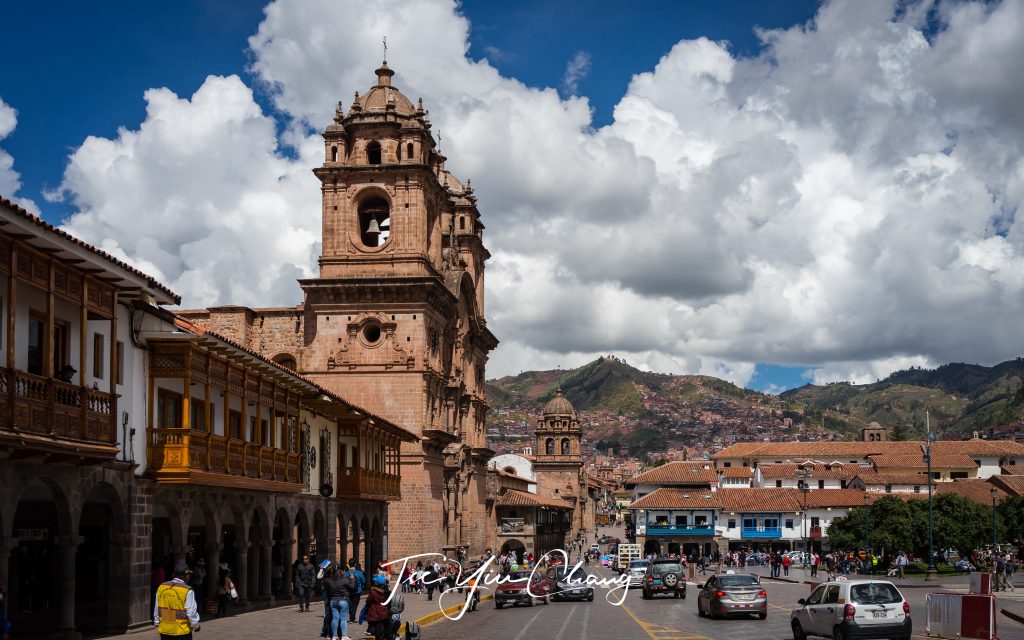
This grand square has been landscaped with grass, flowerbeds and fountains making it a pleasant place to sit and watch the locals pass by as they go about their day-to-day business. The square pre-dates the colonial period, and used to be much larger than it is now. It is thought that it was a religious centre where the population could gather to observe and take part in the ceremonies at the Temple of Viracocha.
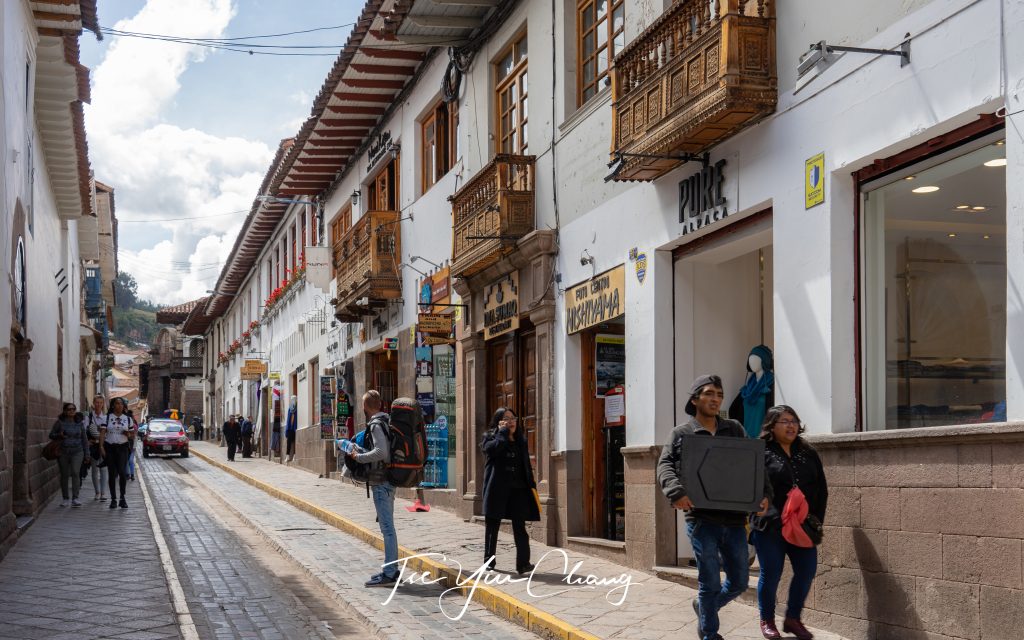
The Spanish enclosed the square and built the charismatic covered arcades which ring its edges. On one side they built a church and on another, after tearing down the temple, they built their cathedral. It took almost 100 years to finish, but it was worth the wait. The result is one of the grandest religious buildings in the Americas. The cathedral itself is a work of art, but visitors can also admire its collection of paintings and its two ornate altars.
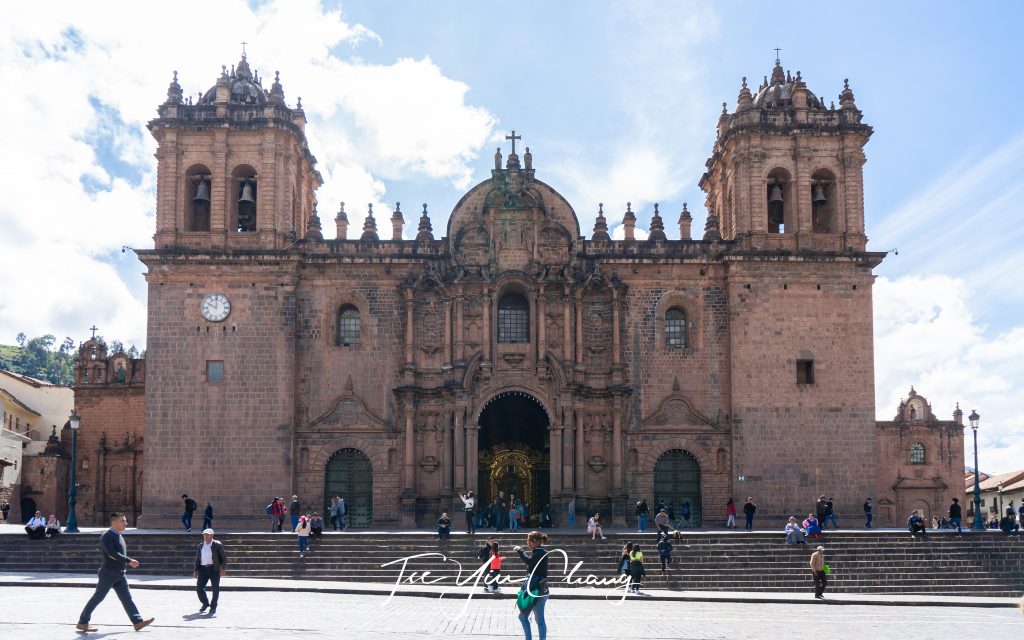
Remains of the Inca city can be found all over the place – largely in the foundations of later Spanish buildings. Many of the most substantial Inca structures, however, can be found outside of central Cusco. Given this fact and our limited time, we opted for a tour to fit as many of them in as possible. Before setting off for these more distant sites however, we were taken to another of Cusco’s unmissable attractions – Qorikancha.
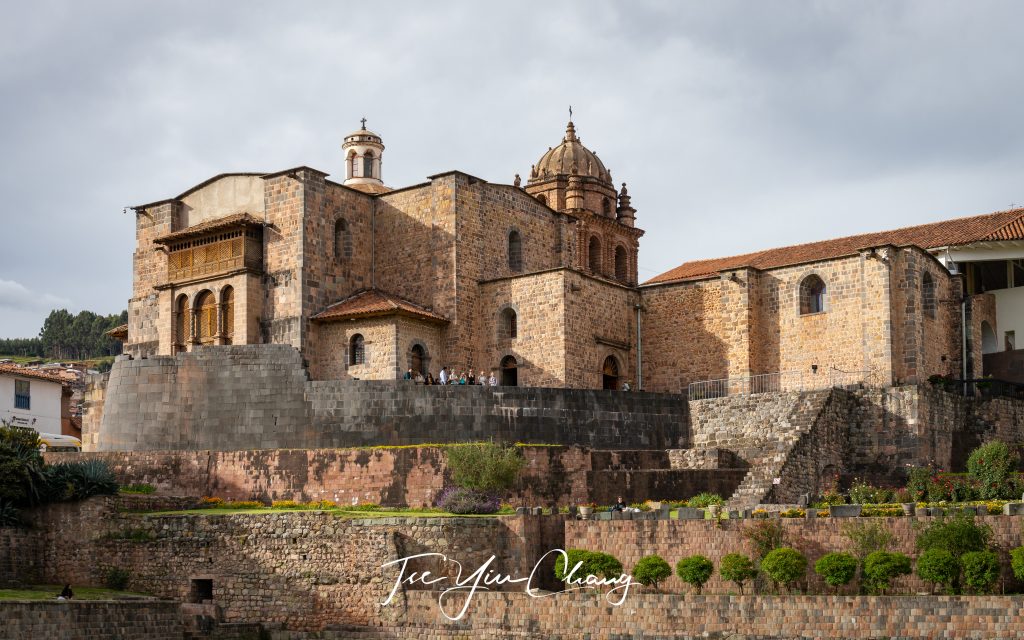
If the Cathedral was (and still is) the focus of Cusco’s Spanish religious life, Qorikancha served that purpose for the Inca. The Inca had many deities, but their favourite was Inti. He was the god of the sun and the emperors were said to be his descendants. Not only the temple was once the richest in the Inca Empire, it was also the most sacred. It is said that its interior walls were clad with gold, while the outer ones were studded with emeralds.

Of course the gold and emeralds are long gone, plundered by the Spanish soon after they conquered Peru. Being fiercely Catholic, they weren’t satisfied with just stripping the gold and, as they had done with the Temple of Viracocha, they partially dismantled Qorikancha and built a convent on top. Despite this, much of the Inca building did survive, most notably a series of walls which rise up in steps to the convent. The site also contained a courtyard (the name means ‘golden courtyard’) around which small temples were arranged. This still exists, now enclosed by the convent, as does the open space below the complex where the Inca population would have gathered.
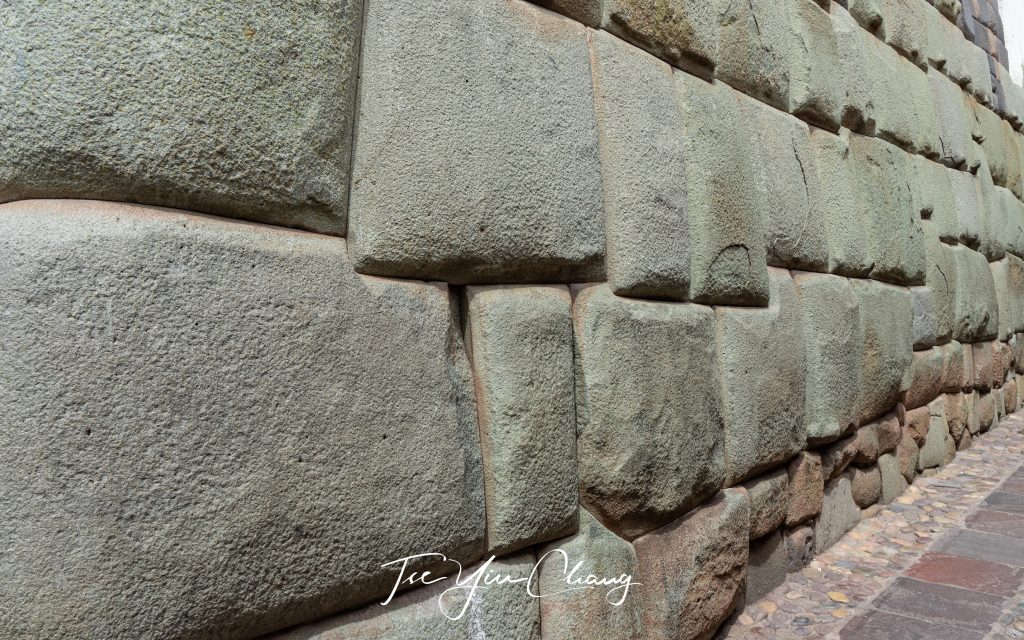
Part of what makes the remaining Inca walls – and those of the city as whole – so impressive, is the way in which they are constructed. They used no mortar or cement, and instead they meticulously carved each stone block so that it would fit perfectly in place. They did this with such precision that you cannot slide a piece of paper between them, and they have survived numerous earthquakes, unlike many of the Spanish buildings built around them.
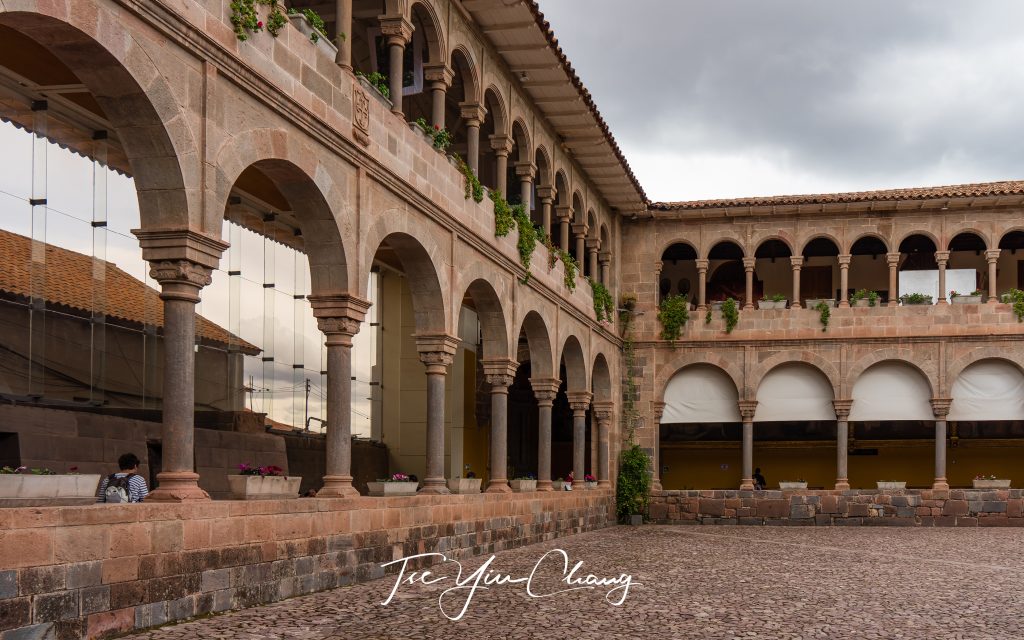
This method of building means that the blocks that make up Inca walls are far from uniform. Like a giant jigsaw puzzle, they were filed down to whatever shape was needed. The most extreme example of this can be found nearby – the twelve angled rock. The wall in which it sits today is part of the museum of religious art, and like many others in Cusco, it morphs from Inca stonework to Spanish whitewash around halfway up. Originally, however, it was part of a grand palace built by the emperor Inca Roca.

The most famous of the Inca ruins outside of the city centre itself is probably Sacsayhuaman. Perched on a ridge overlooking colonial part of Cusco, it is not actually very far at all – only a short drive from the Plaza de Armas. If you don’t mind climbing the steep hill, the site is only a short walk from the Plaza. This great fortress was an integral part of the city’s defences, and even today in their ruined state, its enormous stone walls look impenetrable. When it was built this must have been the equal of any European castle, and during the Spanish conquest, the Inca used it as a base for their resistance.
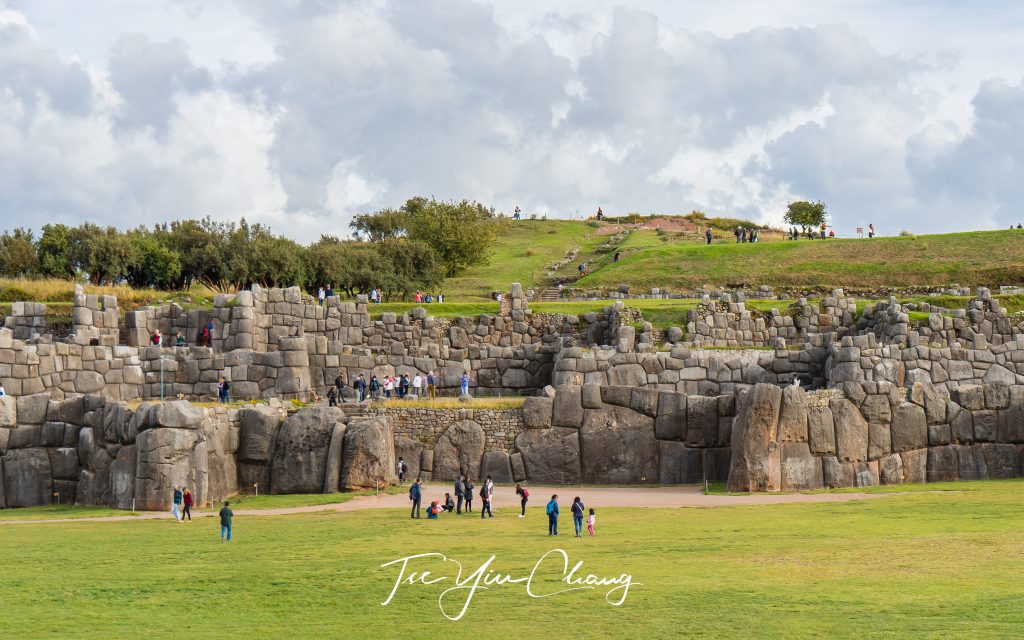
The bulk of the site is Inca, however, parts of the complex were actually first constructed by the Killke people who occupied the region before them. The great walls enclose a plaza capable of holding thousands of people. It’s thought that huge religious ceremonies took place there during times of peace. While much of the site does remain, the Spanish used some of the stones they found here to build colonial Cusco; the Cathedral for example, is largely built from material pillaged from Sacsayhuaman.
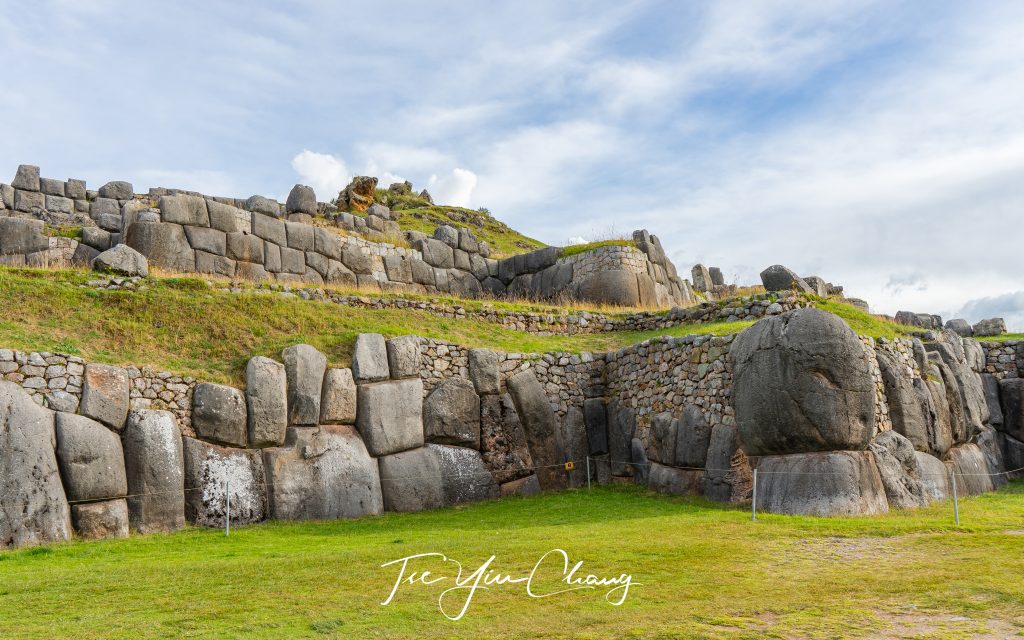
If you continue up into the hills you soon reach two more of Cusco’s most significant pre-Columbian sites. The first is Puca Pucara. The name means ‘the red fort’ in Quechua, and it is so called because the rock used to build it appears red in certain lights. Situated on a rise overlooking what was the main road linking Cusco to the eastern part of the empire, it was most likely used to protect the city from any threats that might emerge from that direction.
While much of Puca Pucara’s buildings are lost to time, the walls still loom imposingly over the valley. Relatively little is known about the site, but interestingly it appears to have been constructed in a hurry. The stonework is not as neat as most other examples, but that doesn’t make it any less impressive. It is not hard to imagine how difficult it would have been to attack this place when standing beneath the walls, and looking down the slope that would have had to have been climbed to reach them.
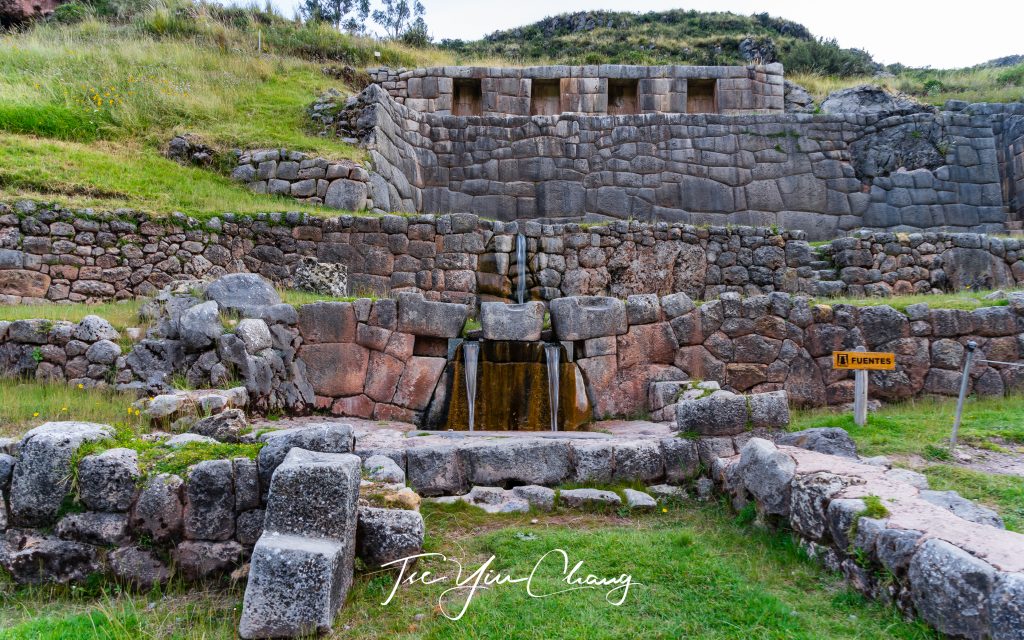
Less than a kilometre away is the final place we visited – Tambomachay. It is not completely clear what the purpose of Tambomachay was, with possible suggestions including a military post, a stopping place for travellers, and a spa resort for the Inca elite. Carved out of the hillside, it consists of a series of descending terraces and small buildings. Flowing through the site are a network of man-made waterfalls and channels which bring water down the terraces. The water appears to flow from a natural spring, but archaeologists have been unable to locate the exact source without damaging the ruins in the process. You could easily spend a long time in Cusco. There is lots to see, and the city itself feels exciting and vibrant. The next morning we began the short hop across the mountains to our next destination. Cusco may have been the capital of the Inca Empire, but its heartland extended much further. We were on our way to the Sacred Valley, the home of countless ruins and dramatic landscapes.
See also:
